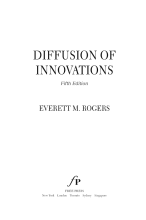Alcohols, Ethers, and Thiols - What Are Epoxides?
6 important questions on Alcohols, Ethers, and Thiols - What Are Epoxides?
How are epoxides synthesized?
On lab scale most commonly used is peroxyacetic acid.
What stereoisomers are formed in epoxidation reactions?
Ethers normally don't react in the presence of an acid-catalyst, why do epoxides do?
- Higher grades + faster learning
- Never study anything twice
- 100% sure, 100% understanding
What product does the acid-catalyzed hydrolysis of epoxycycloalkane yield?
What are the steps in the SN2 mechanism of acid-catalyzed epoxide ring opening reactions?
2. Reaction on an electrophile and a nucleophile (water) and the breaking of one of the C-O bonds.
3. Removal of a proton.
What are the three most important nucleophilic ring-opening reactions?
2. The acid-catalyzed hydration
3. The reaction with a thiol salt.
The question on the page originate from the summary of the following study material:
- A unique study and practice tool
- Never study anything twice again
- Get the grades you hope for
- 100% sure, 100% understanding
































